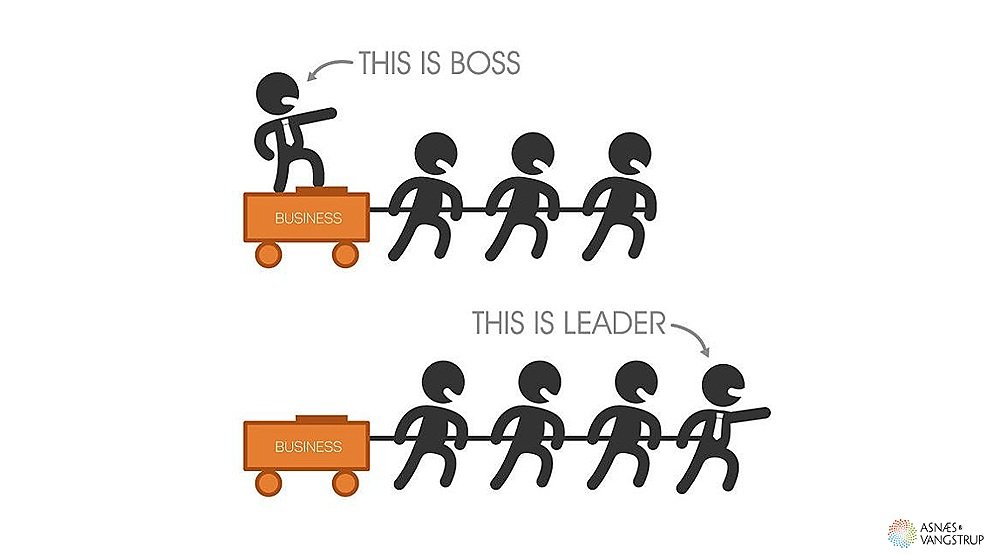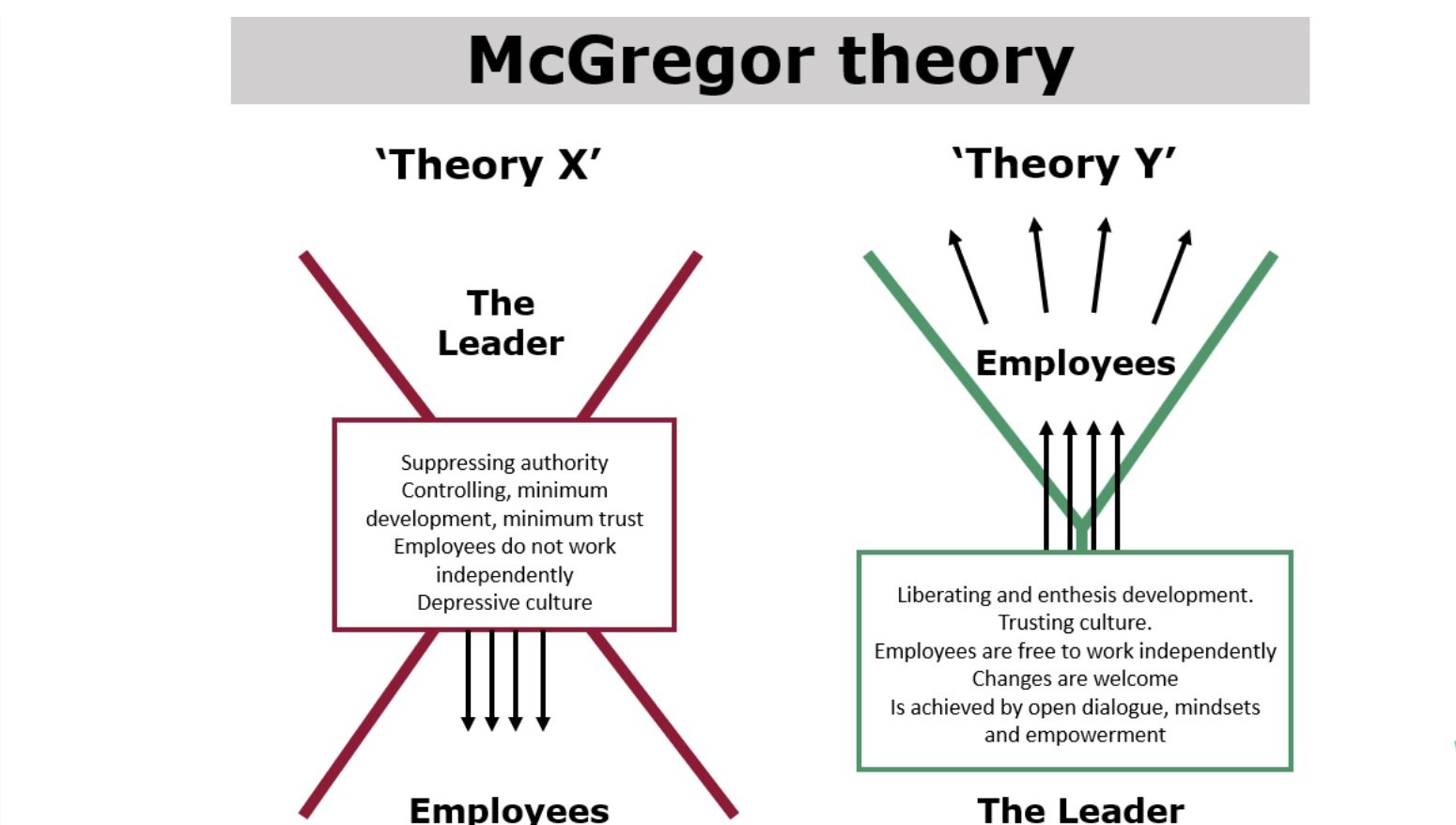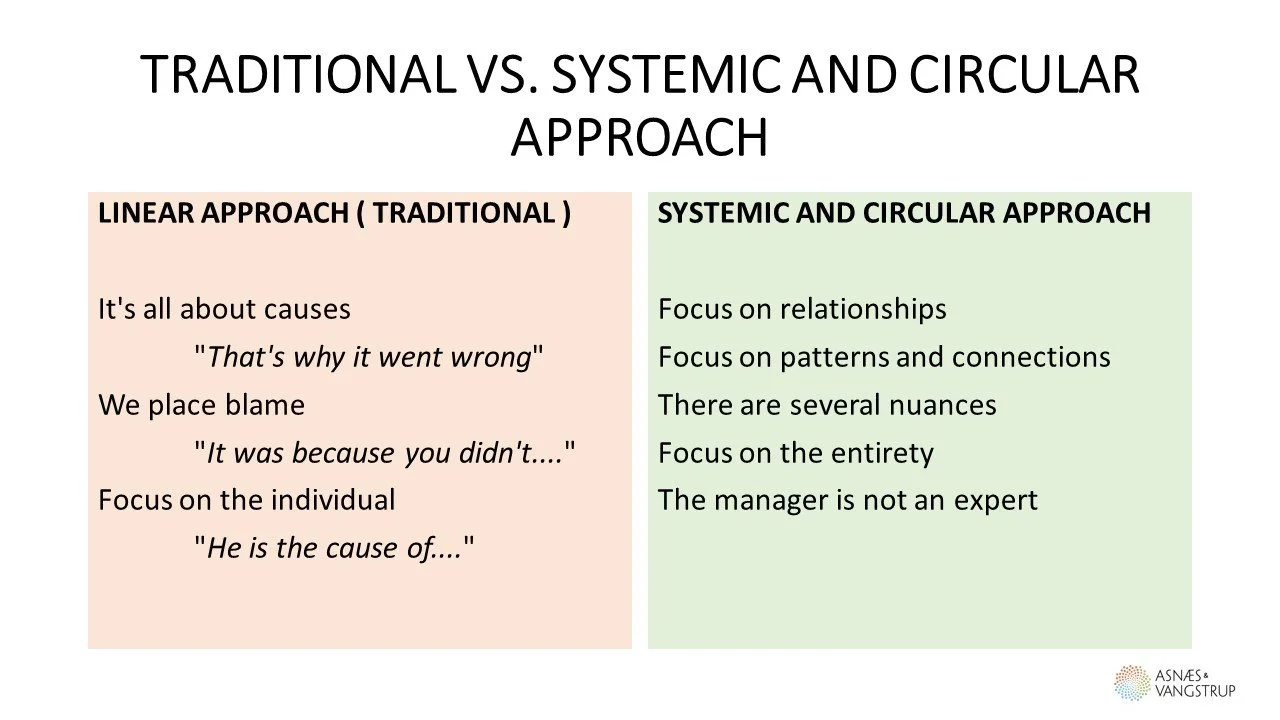What is the difference?
Many people in this industry have become leaders because of their professionalism. In English, there are two terms for leadership: Management and Leadership.
Management is the day-to-day running of the business; management is the handling of each function within the business. In Danish, this is referred to as operations management, but often we just use the term 'ledelse'. It could be personnel management, logistics management, sales management, innovation management, etc.
Leadership is also known as ‘lederskab’, but again, this is not often used. As a result, we actually confuse the terms.
Leadership is, among other things, about the big picture - and about;
Thinking long term
Values and visions
The ability to inspire others
The ability to listen to the big picture
Well-executed leadership means knowing and working with the core values and visions that form the foundation of the company:
Who are we? Who do we want to be? Where do we want to take our business?
It's also about our ability to work with - and answer - the question: What is our purpose?
The ability to make employees, colleagues, business partners and customers flourish is a skill sought after by anyone who has any kind of relational responsibility and influence on how tasks are carried out in collaboration with customers, colleagues, managers and employees.
Management and leadership
Watch these videos about leadership and get familiar with the topic
Curious for more?
Dig deeper and watch the lectures below, with Seth Godin and Simon Sinek respectively
In our industry, the same types of challenges are typically recurring.
Often you are pressed for time, resources and/or lack of training for your employees. This means that as a manager, you may have to 'push' things through, which can seem unfair and uncompromising in your approach.
This can have a negative impact on relationships in the workplace and even damage them, which can have an impact on everyday life and thus the work environment.
That's why it's important to pay attention to developing leadership so that it can benefit the company and its employees.


McGregor and the theory of X and Y management
Douglas McGregor developed a theory based on how managers view their employees.
The theory is bistatic as he has defined two approaches to management.
Theory X points in the direction of classical organizational theory and Scientific Management by Frederick Taylor. The premise is that humans are lazy and irresponsible. This means that the management style is more controlling and dominating than motivating.
Stick over carrot.
Theory Y, on the other hand, works from a more positive point of view. Through their work, people can satisfy themselves and are motivated by the idea of self-actualization. Employees are willing to provide accountability and even seek to take it on!
Carrot over stick.
Kurt Lewin and the different leadership styles
Social psychologist and professor Kurt Lewin listed 3 different leadership styles
Authoritarian leadership
Gives orders
Uses punishment and reward
He knows best and works from his own position of power
Laissez-faire leadership
Takes no initiatives
Available if employees reach out on their own
Does not intervene but stands by passively
Democratic leadership
Involves employees in decision-making processes
Helping and being present
Bases his power on his professional knowledge
McGregor and the theory of X and Y management
Kurt Lewin and the different leadership styles
Prefer to read instead?
Read the articles below.
Kurt Lewin has even created a model of the process of organizational change
The model has three phases that can provide an overview of the process and help to ensure that it's a success and that your employees are involved from start to finish.
“Unfreeze - Change - Refreeze”
“Thawing - Movement - Stabilization”
By recognizing the three phases, you can create the desired change.
The first phase is the ability to motivate your employees to change.
The second phase is about being able to communicate effectively and convincingly, which will ideally result in employees embracing the change.
The third phase concludes the process, which is based on the organization regaining its footing in the new changes. This is an essential part of the process, as regaining footing is fundamental to the organization's confidence to face any future changes.
The video below describes the processes, watch it to gain greater knowledge!
To be a successful leader, and thus provide good leadership to your employees, you need to be able to set an agenda that motivates and inspires - not to mention balance it with day-to-day operations.
It always starts with an interaction between the manager and the company, so you can lead your employees around you. Therefore, it is important that you as a manager are aware of the goals that have been set for the company to reach out to its employees.
Together, managers and employees can positively develop the organization's work environment if leadership is addressed. By focusing on this, it can improve cohesion, drive sustained results and boost the bottom line.



